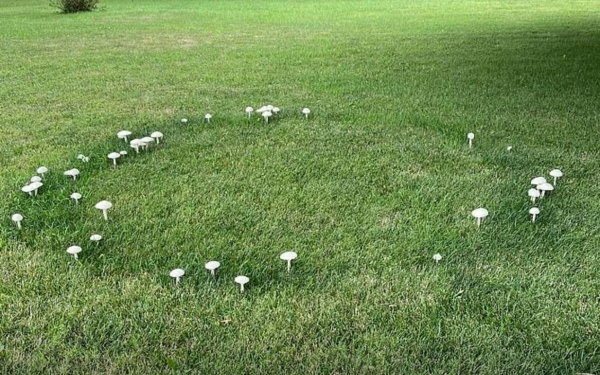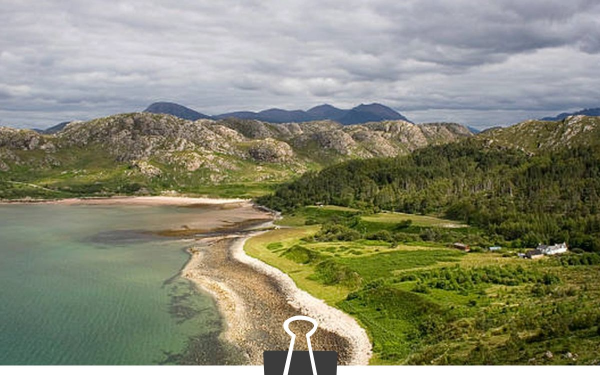The Truth Behind the Mysterious "Doorway" and "Blood Falls" in Antarctica
Antarctica is home to many mysteries that have fascinated people for years. However, thanks to advancements in science and technology, more and more of these enigmas are being unraveled.
As the coldest and most remote continent on Earth, Antarctica has long inspired countless myths, conspiracy theories, and science fiction tales. The unexplored and enigmatic nature of this icy land continues to captivate the public’s curiosity.
In recent years, two of the most famous Antarctic mysteries—the "secret doorway" and "Blood Falls"—have finally been explained.
The "Secret Doorway"This unusual formation was first discovered by a Reddit user who spotted it on Google Maps at coordinates 69°00'50"S 39°36'22"E—a barren, icy region southeast of Japan's Showa Station.
Speculation quickly spread across the internet, with wild theories ranging from a hidden Nazi bunker to a secret underground city within the Earth's crust.
However, the truth is far less mysterious: the so-called "doorway" was nothing more than an iceberg trapped in place. Over time, it remained stuck until eventually melting away.
Additional satellite images of the area have revealed other icebergs meeting the same fate, reinforcing that this was a completely natural phenomenon rather than evidence of a hidden structure.
The Mystery of Blood FallsDespite its terrifying name, "Blood Falls"—a crimson-colored waterfall—has nothing to do with actual blood.
For over 110 years, scientists were puzzled by the exact cause of its deep red hue. It wasn’t until last summer that a U.S. research team uncovered the answer: microscopic nanoparticles in the water.
These nano-scale spheres are composed of iron, silica, calcium, aluminum, sodium, and other elements. When exposed to air, the iron oxidizes, forming reddish iron compounds—similar to rust. The extreme salinity of the water also enhances the striking color.
This discovery finally solved a century-old Antarctic mystery. Previous studies had overlooked these nanoparticles simply because they were too small to detect. For years, many researchers mistakenly believed that the red color was caused by red algae.
The Power of Science in Solving Natural MysteriesAntarctica remains a land of many unanswered questions, but with the rapid advancement of science and technology, we are gradually uncovering its secrets.
The mysterious doorway and Blood Falls are just two examples of how science helps demystify strange natural phenomena. As research continues, there is no doubt that more of Antarctica’s secrets will come to light in the years ahead.















